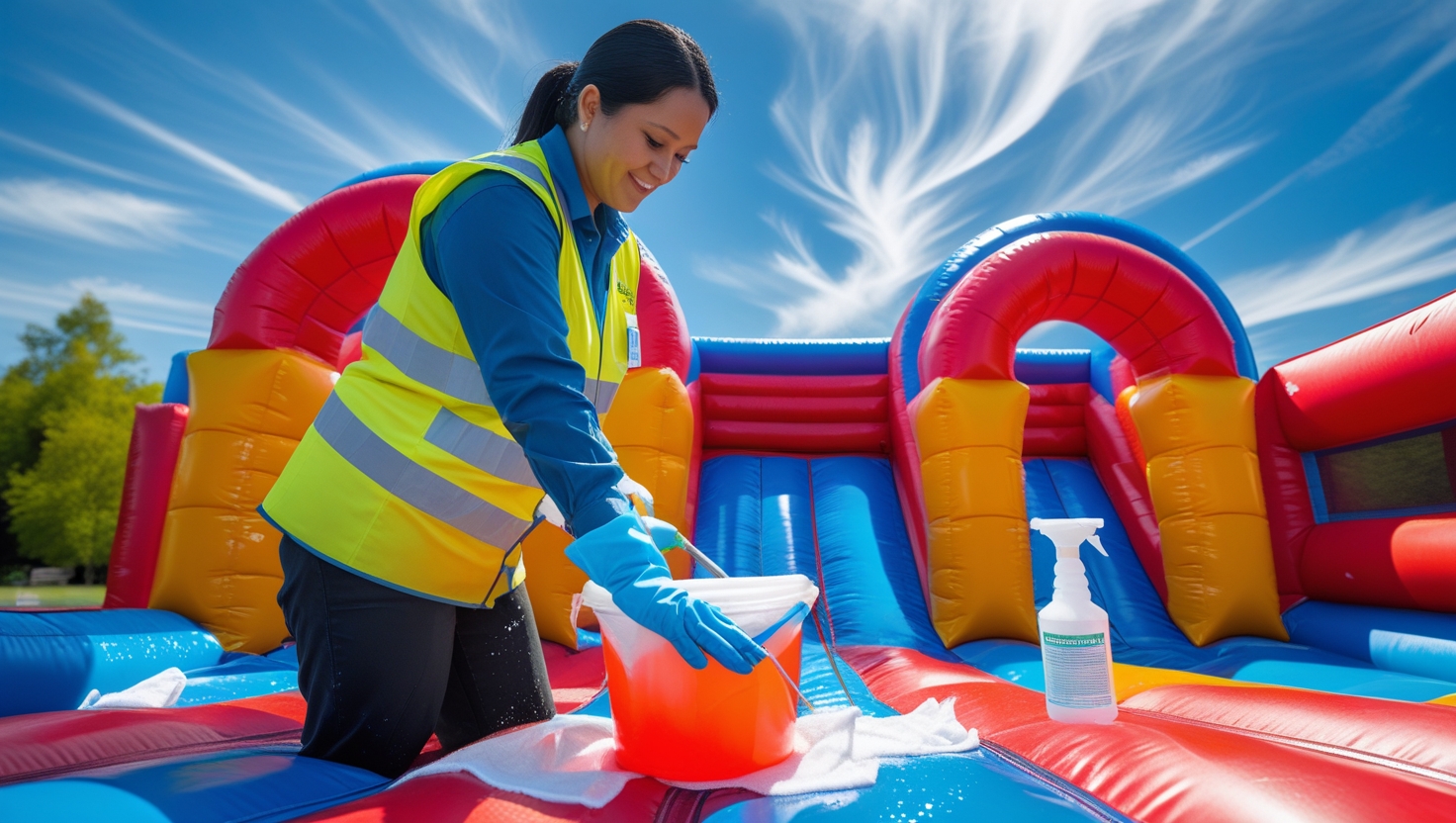
All you want to know about us
Click here to share this article

Bouncy castles, often synonymous with fun and excitement, are a staple at outdoor events like birthdays, school functions, and community fairs. However, the question arises: can these inflatable wonders be used indoors? The answer is a resounding yes—with the right planning and considerations, bouncy castles can bring the same level of joy indoors while ensuring safety and convenience.

Benefits of Using Bouncy Castles Indoors
1. Weather Independence
One of the primary advantages of hosting a bouncy castle indoors is freedom from weather-related issues. Rain, high winds, or extreme heat can quickly derail outdoor events, but an indoor setup provides a controlled environment, ensuring the fun continues regardless of the weather.
2. Enhanced Safety and Cleanliness
Indoor environments typically offer cleaner, smoother surfaces that reduce the risk of accidents compared to uneven outdoor terrain. Additionally, indoor settings minimize exposure to dirt, mud, or sharp debris that can damage the inflatable or cause injuries.
3. Year-Round Entertainment
Whether it’s winter, fall, or the peak of summer, an indoor space allows bouncy castles to be enjoyed throughout the year. This flexibility makes them ideal for school gymnasiums, community centers, or large indoor event spaces.
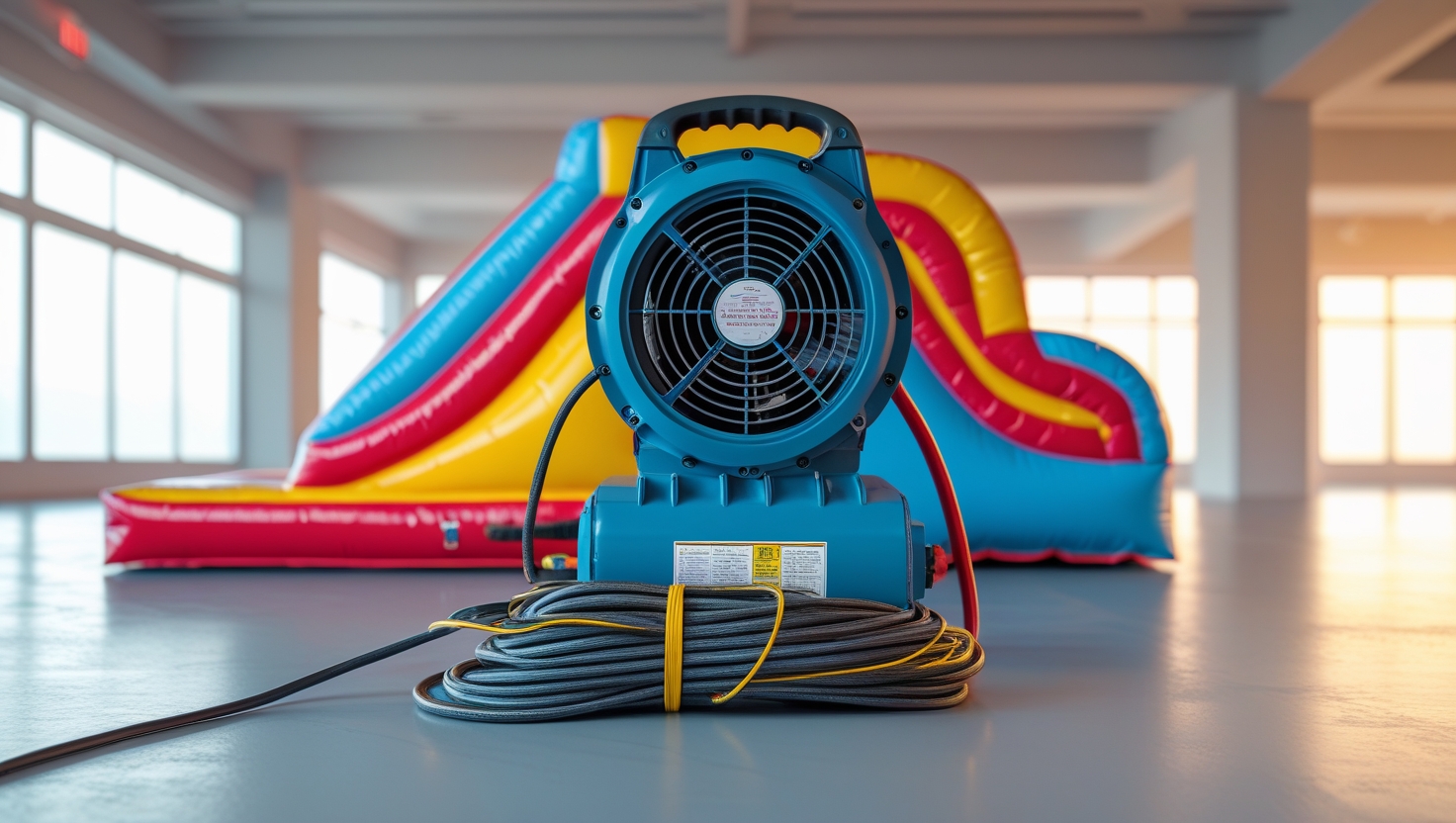
Considerations for Indoor Use
1. Ceiling Height
When setting up a bouncy castle indoors, ceiling height is a critical factor. Ensure the venue has sufficient clearance for the castle's full height and additional room for safe jumping. Low ceilings can pose safety risks and limit enjoyment.
2. Floor Space Requirements
Measure the available floor space to ensure there is adequate room not just for the bouncy castle itself but also for safe entry and exit points, plus an area for supervising adults. Ensure the space is free from obstructions like furniture, pillars, or fixtures.
3. Power Supply
Most bouncy castles require continuous airflow provided by an electric blower. Verify that the venue has accessible electrical outlets or consider using extension cords designed for indoor use. Ensure the power supply is stable and can handle the blower’s requirements.
4. Noise Management
While blowers are essential for inflating bouncy castles, they can generate noise. Choose models designed for quieter operation or place the blower strategically to minimize disruption to other activities in the venue.
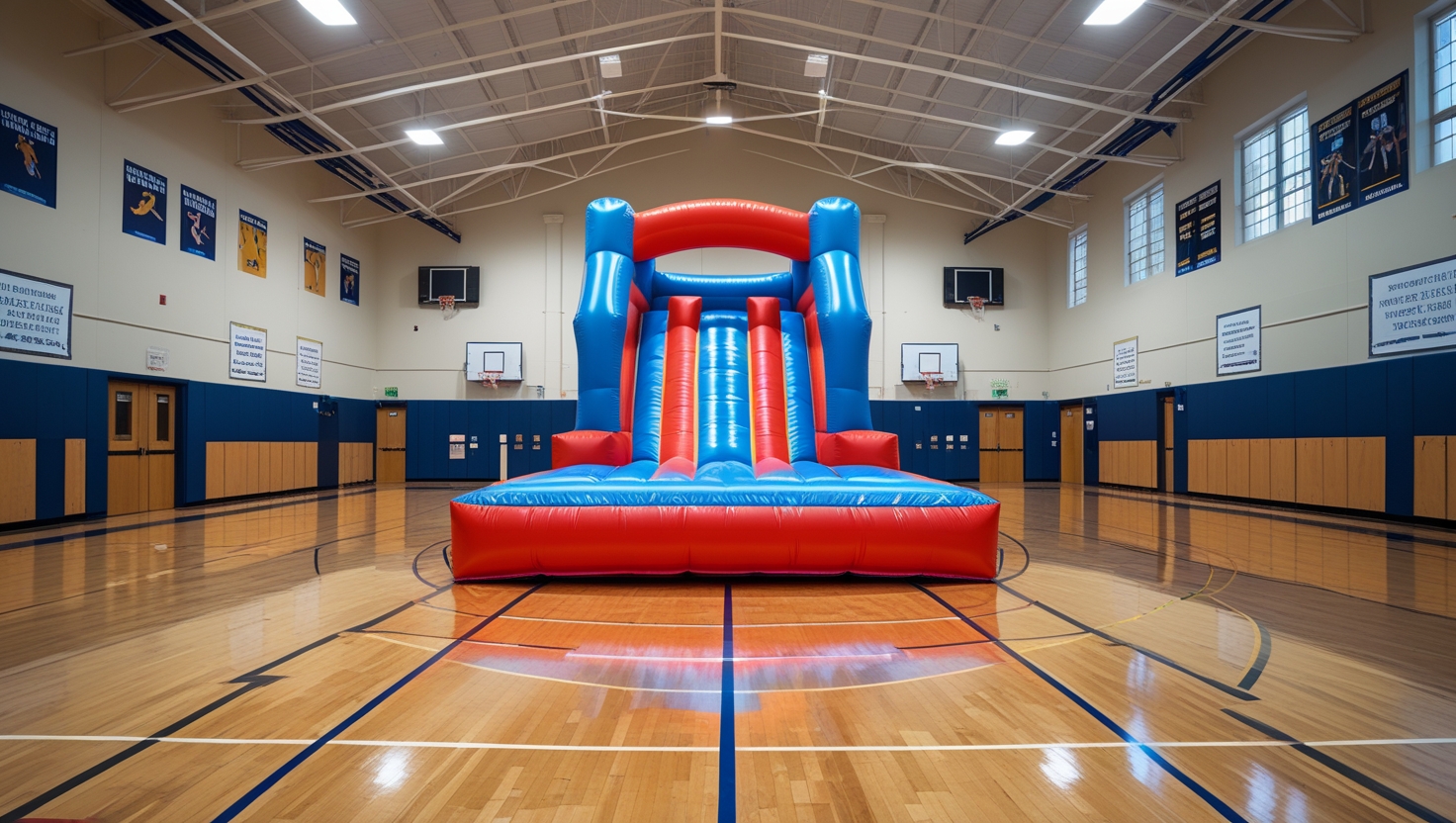
Choosing the Right Bouncy Castle for Indoor Use
1. Size and Dimensions
Smaller or medium-sized bouncy castles are often better suited for indoor use due to space limitations. Ensure that the chosen inflatable fits comfortably within the designated area without overcrowding the space.
2. Material and Durability
Select bouncy castles made from durable materials that can withstand repeated indoor use. Look for models with reinforced seams and puncture-resistant surfaces for long-lasting performance.
3. Safety Features
Prioritize bouncy castles with built-in safety features such as high walls, safety nets, and cushioned landings. These elements help prevent accidental falls and ensure a safe play environment.

Safety Guidelines for Indoor Bouncy Castle Use
1. Supervision
Always assign responsible adults to supervise children using the bouncy castle. Supervisors should enforce rules such as no roughhousing, overcrowding, or flipping.
2. Capacity Limits
Adhere to the manufacturer’s guidelines regarding the maximum number of users allowed at one time. Overcrowding increases the risk of collisions and injuries.
3. Proper Footwear and Clothing
Ensure all participants remove shoes, jewelry, and any sharp objects before entering the bouncy castle. Loose clothing should be avoided to prevent entanglements.
4. Clear Safety Instructions
Before play begins, communicate clear safety rules to all participants. Establish guidelines such as no climbing on the walls, no food or drinks inside the inflatable, and appropriate behavior for a fun, safe experience.
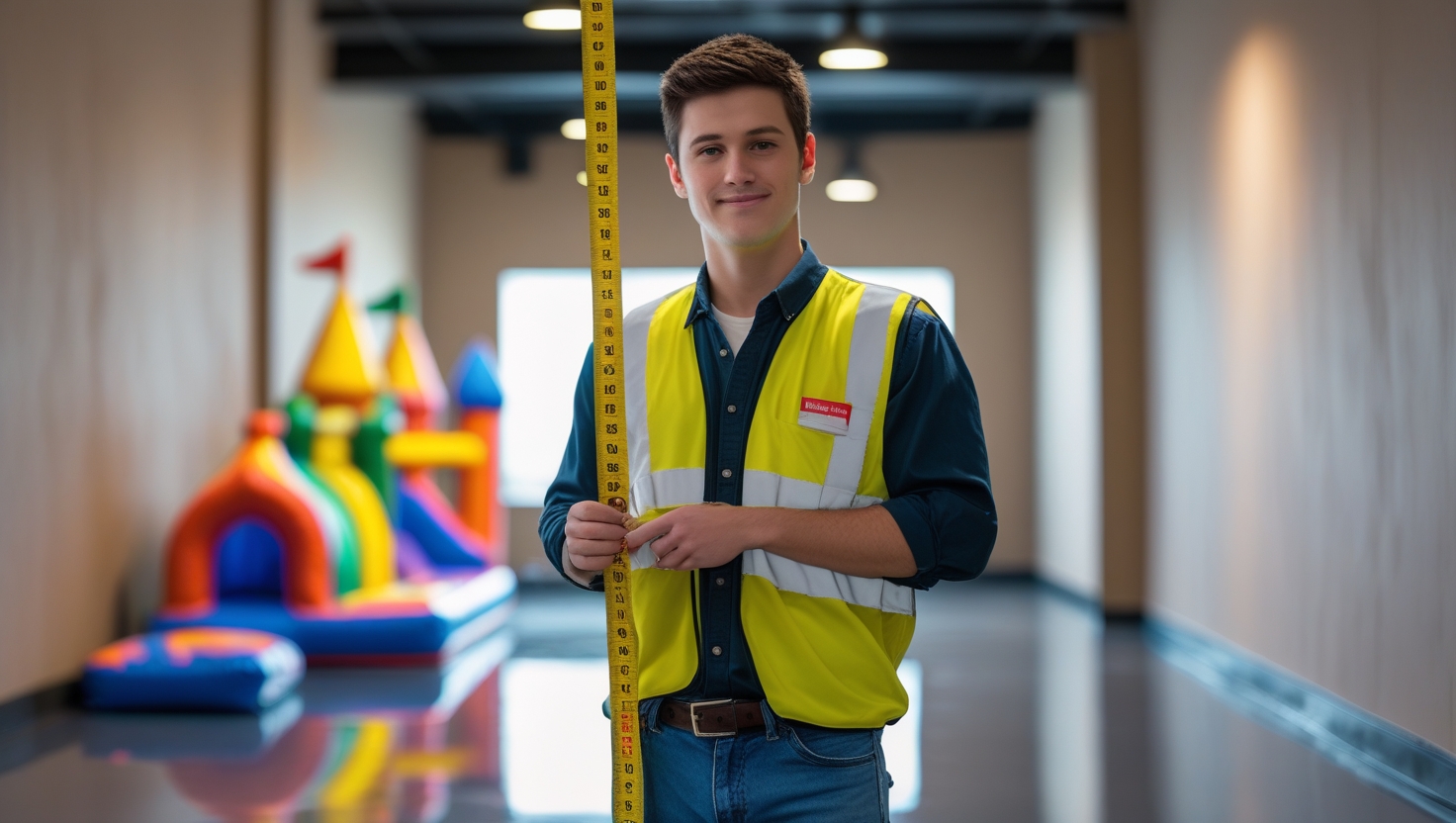
Popular Indoor Venues for Bouncy Castles
1. Community Centers
Community centers often have large halls perfect for setting up bouncy castles. They also typically provide ample parking and other amenities for guests.
2. School Gymnasiums
School gyms offer spacious environments with high ceilings, making them ideal for larger inflatables. They are also familiar locations for many families and easy to access.
3. Event Halls and Conference Rooms
Many event halls offer flexible rental options and spacious layouts. Ensure the chosen venue accommodates children’s entertainment activities like bouncy castles.
4. Large Residential Spaces
Some homes have spacious basements or recreational rooms that can comfortably host a smaller bouncy castle for private events.

Tips for a Successful Indoor Bouncy Castle Experience
1. Plan Ahead
Book the venue well in advance and confirm its suitability for inflatable installations. Conduct a site visit to assess space, power availability, and any potential obstacles.
2. Partner with a Reputable Rental Company
Choose a rental provider known for high-quality inflatables and excellent customer service. They can advise on suitable options for your indoor space and handle setup and takedown.
3. Set Up a Comfortable Viewing Area
Create a designated space for parents or guardians to comfortably watch and supervise their children. Seating arrangements and refreshments can enhance the overall experience.
4. Clean and Sanitize Before Use
Ensure the bouncy castle is cleaned and sanitized before and after use to maintain hygiene and safety.
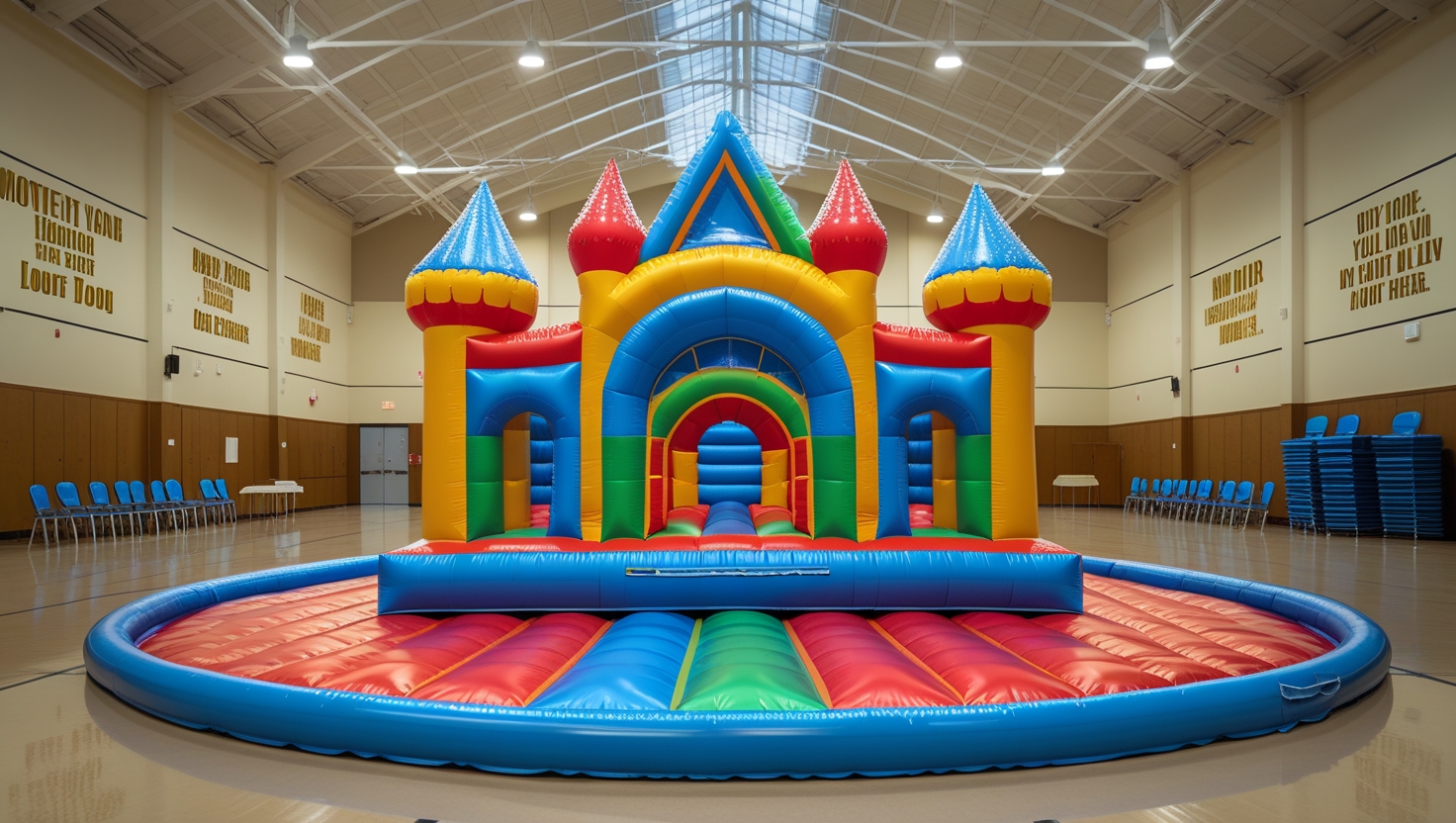
Conclusion
Bouncy castles can indeed be used indoors, providing a weather-resistant, safe, and year-round entertainment option. By selecting the right inflatable, planning carefully, and following essential safety guidelines, you can ensure an unforgettable experience filled with fun and laughter.